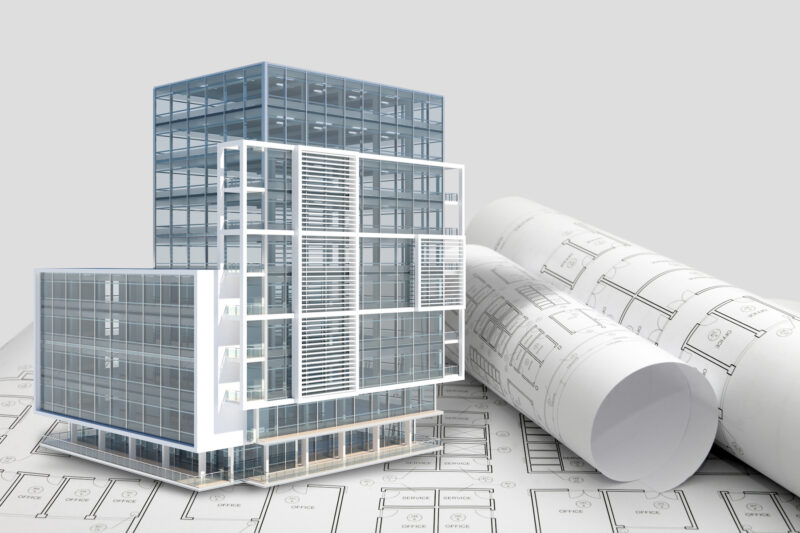The advancement of technology has drastically changed the way commercial construction projects are conducted. One of the most important innovations in this field is Building Information Modeling (BIM) and 3D Modeling. BIM is a process that uses sophisticated software to allow for collaboration between multiple stakeholders, allowing them to share information about a project that would otherwise be difficult or impossible with traditional methods.
This allows for increased accuracy and efficiency in the construction process, resulting in better quality results and reduced costs overall. Additionally, 3D modeling enables virtual tours of buildings before they have been constructed; this helps designers visualize their plans from an architectural standpoint as well as get feedback from potential users on how they will function practically once completed.
Together, these two technologies have revolutionized commercial construction projects by streamlining processes and increasing transparency throughout the entire development cycle. If you are looking for a way to optimize your commercial construction business, check out buildops commercial construction technology glossary to learn even more about it!
Introduction to the Role of BIM and 3D Modeling in Commercial Construction Projects
The introduction of Building Information Modeling (BIM) and 3D modeling into commercial construction projects has revolutionized the way that these projects are completed. By providing architects, engineers, and project managers with detailed digital representations of the design of a building, BIM software can be used to plan out constructability issues before they become costly problems on-site.
Additionally, 3D models can help visualize how components fit together in complex structures more quickly than traditional methods ever could. This article will discuss the role that BIM and 3D modeling play in commercial construction projects by exploring their advantages over traditional approaches, as well as the best practices for incorporating them into your workflow.
Benefits of Utilizing BIM and 3D Modeling for Commercial Construction Projects

The utilization of BIM and 3D modeling in commercial construction projects can bring a wide array of benefits. Firstly, it allows teams to visualize the project from all angles before starting work, which helps ensure that any potential problems are identified early on.
This can save time and money by avoiding costly mistakes being made due to miscommunication or lack of coordination between different parts of the team. Secondly, it makes collaboration easier as everyone has access to an up-to-date version of the same model at all times, meaning they can see changes immediately and respond quickly if needed.
Finally, these models provide a much more accurate representation of what is going on in comparison to traditional 2D drawings.
This leads to greater efficiency during construction as there is less rework required due to inaccurate plans or miscalculations. In conclusion, BIM and 3D modeling offer numerous advantages when it comes to commercial construction projects making them invaluable tools for ensuring successful outcomes.
Challenges of Implementing BIM and 3D Modeling in Commercial Construction Projects

The implementation of BIM and 3D modeling in commercial construction projects presents a great number of challenges. One significant challenge is ensuring that all people involved in the project have access to the technology and know how to use it correctly.
In many cases, this requires extensive training on the part of contractors, designers, engineers, and other professionals who are participating in the project. Additionally, there is often a lack of compatibility between different systems used by each team member which can lead to delays or errors during data transfer.
Furthermore, integrating these technologies into existing workflows can be difficult as well as introducing new processes for data management and analysis. Finally, BIM and 3D modeling require considerable resources from all parties involved meaning that budget constraints may prevent an effective adoption of these technologies in certain scenarios.


